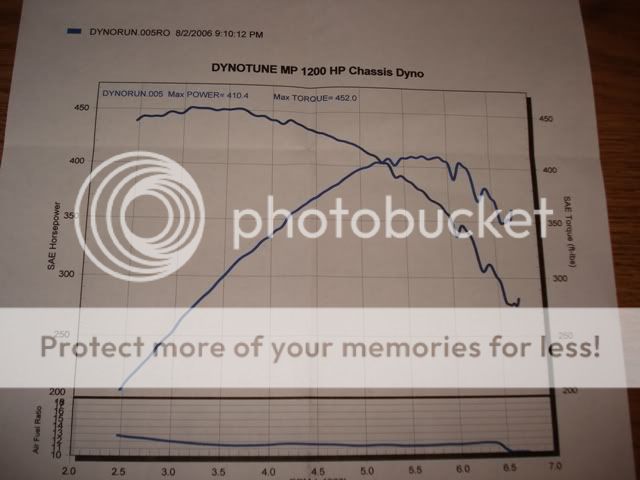Florida Chris said:
I'm sorry, I've got to cry foul here.
Let me get this straight...you are advocating making a fraudulent warranty claim for a problem caused by a non-factory tune? This kind of thinking just sucks. Do you advocate committing insurance fraud as well? :thumbsdow
Ever heard of taking responsibility for your own actions?
One should and must take responsibility for their actions, absolutely!
I am adamantly opposed to aggressive driving, such as exhibitionism of speed, abrupt lane changes in front of others, street racing (despicable!), and I 100% certainly do not condone insurance fraud, or any other form of illegal activity. And, FYI, I still run cats on all the vehicles I own, even my 700+ rwhp '03 Cobra.
Would it be fair of others to ask you if you have ever broken the speed limit, spun your tires, raced another vehicle on the street, or cut in front of another vehicle? Littered out your window? Would it be fair of anyone to question an individual's disdain of liberals by what some may consider hypocrisy in regards to potential unfair tax cuts within a particular income bracket (re your signature)? Now I don't know you from the man on the moon. However, your post could have come across with a bit more tact, now don't you think, sir?
My post count here may not reflect it, but I can assure you that I am one of the most respected individuals in the aftermarket industry. My image to everyone is one of the most important aspects of my life, and I am certainly not going to let anyone potentially insinuate to others that I'm some sort of rogue and unlawful citizen, especially over what some may consider a poor choice of words, which mine were, I admit. Now, with that being said, I will somewhat defend what I said previously, albeit in a variance of such:
We all know that manufacturers/dealers will do anything to cut warranty costs, and I am certainly not any newb to the wrath of a bullying manufacturer/dealer. On my initial '03 Cobra, after 2 sets of warranty replacements on my cats, within the first 3k miles of ownership, I was then told that my warranty was null and void due to the catback that I had put on the car (which came AFTER the cats went out). I was told that they caused the cats to overheat. Now, we all know that's absolute BS, and if anything freeing up the exhaust will actually promote and improve cooling. FWIW, the car didn't have any tune, period. Cats shouldn't just fail prematurely, and certainly not on a near stock vehicle. I went with aftermarket Magnaflow cats, at the time, and never looked back (Mags just don't fail).
Lastly, for those who may run into warranty claim issues, please see here, as you may find it useful:
http://www.sema.org/main/semaorghome.aspx?ID=50096
http://www.ftc.gov/bcp/conline/pubs/buspubs/warranty.htm#Magnuson-Moss
http://www.magnusonproducts.com/magnusonmoss.htm
I hope that helps!
Now, if everyone doesn't mind, let's get back to talking tech!
Very Sincerely,
James



